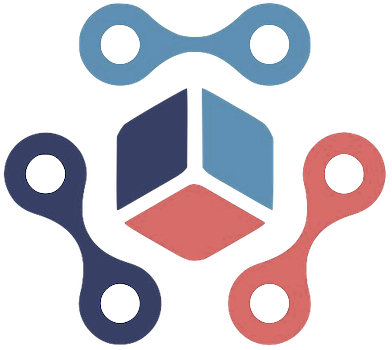In an era where data is king and health is paramount, Ultrahuman has introduced a remarkable gadget—the Home device. Priced at $549, this innovation aims to provide users with intricate insights into their living environments, specifically targeting factors that can influence health and well-being. However, the significant caveat is that while it collects extensive data, it falls short in actively enhancing the home environment by lacking proactive controls over smart devices.
A Peek Inside the Ultrahuman Home
The Ultrahuman Home, designed to mirror the sleek aesthetics of a Mac Mini, is engineered to track an array of environmental metrics. These include air quality indicators such as PM (particulate matter), levels of carbon dioxide and monoxide, and exposure to various harmful chemicals, notably formaldehyde and acetone. Additionally, this device gauges noise pollution and light exposure, offering insights into UVA, UVB, and blue light frequencies. With this diverse range of monitoring, users are equipped with a trove of data that can significantly influence their breathing and sleeping patterns.
Data Without Action: A Double-Edged Sword
While the ability to monitor these essential factors is undeniably beneficial, a major drawback is the device’s inability to interact with smart home systems to rectify identified problems. Imagine checking your app to discover that high levels of carbon dioxide or disruptive noise have altered your sleep without any means to alleviate those issues. This oversight raises crucial questions about the utility of such technology: Is knowledge alone sufficient, or should these devices evolve to offer actionable solutions?
The Synergy of Wearable Technology
For users invested in the Ultrahuman ecosystem, the synergy between the Home device and the Ultrahuman Ring wearable is compelling. Through the UltraSync feature, it permits a two-way street of information exchange. Your wearable can inform you of fluctuations in your health metrics, which can then be correlated with environmental changes detected by the Home device. While this feature allows users to understand how their surroundings impact their heart rate and recovery, it still emphasizes the reactive nature of the technology rather than a proactive approach to environmental management.
Implications for Health and Lifestyle
In an increasingly health-conscious world, tools that provide a detailed look at home and lifestyle environments can empower users to make informed choices. However, the Ultrahuman Home’s limitations highlight the ongoing gap in smart technology—knowing about the problem is only half the battle. As air quality deteriorates and urban noise pollution rises, the demand for comprehensive solutions is more pressing than ever. The time has come for businesses to not only deliver data but also integrate mechanisms that enhance living conditions.
The Future of Home Hygiene Management
As we continue to navigate life in a tech-centric era, the evolution of devices like the Ultrahuman Home will likely shape our understanding of the relationship between environment and health. Emphasizing the need for devices capable of controlling the ambiance they measure could represent a critical step forward in delivering holistic well-being solutions in our homes. The concept of a fully integrated environment that promotes health not just through awareness, but also through actionable interventions, could redefine smart living as we know it. Thus, while the Ultrahuman Home takes a commendable first step, the journey towards truly intelligent, health-focused home management remains ongoing.

